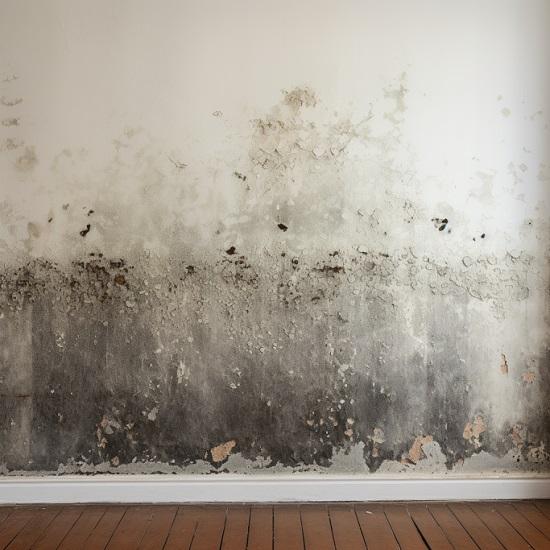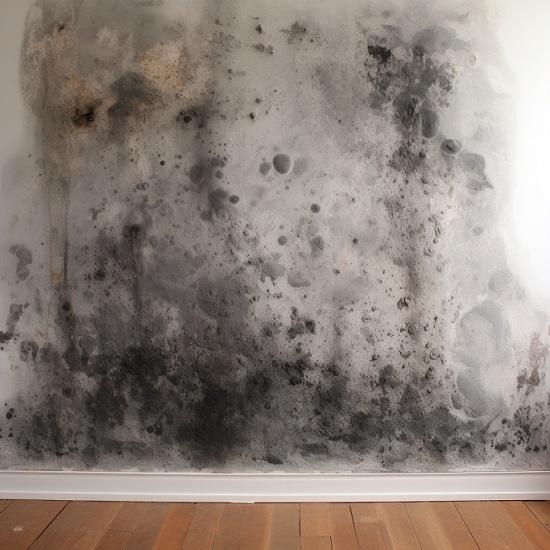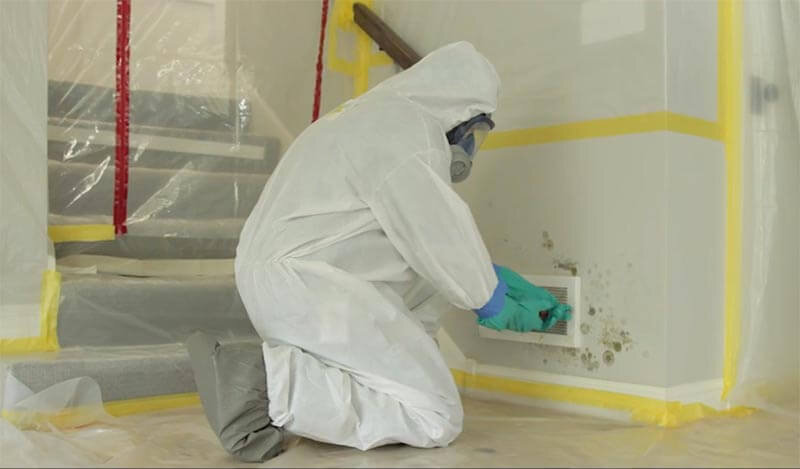Vital Steps After Mold Remediation
Vital Steps After Mold Remediation
Blog Article
Your Ultimate Overview to Article Mold Removal Strategies
In the after-effects of mold infestation, knowing exactly how to efficiently eliminate the mold and mildew and prevent its reoccurrence is critical for preserving a healthy and balanced indoor environment. From selecting the right cleansing and disinfecting methods to executing strategies for long-term mold avoidance, each step in the remediation trip plays a critical duty in making certain an effective end result.
Recognizing Post-Mold Remediation Process
After finishing the mold remediation process, it is essential to understand the post-mold remediation techniques that are needed to make certain a efficient and detailed cleanup. As soon as the mold and mildew has been gotten rid of, the following action includes cleaning and sanitizing the impacted areas to stop any type of regrowth of mold. This consists of utilizing specialized cleaning representatives to wipe down surfaces and eliminate any kind of remaining mold and mildew spores. It is vital to dry the area entirely to prevent the development of mold in the future (After mold remediation). Correct ventilation and dehumidification can assist in this process.
Moreover, performing a last examination post-remediation is important to make sure that all mold and mildew has been efficiently eradicated. This assessment should include an extensive aesthetic check in addition to possibly air tasting to validate the absence of mold spores in the air. If the examination discloses any type of sticking around mold and mildew, added removal might be essential. Informing passengers on preventative measures such as controlling wetness degrees and without delay addressing any kind of water leaks can aid keep a mold-free atmosphere.
Reliable Cleansing and Decontaminating Techniques

Preventing Future Mold And Mildew Development

Value of Appropriate Air Flow
Correct air flow plays a crucial duty in preventing dampness buildup, a crucial consider mold and mildew development within interior settings. Effective air flow systems assist get rid of excess moisture from the air, lowering the possibilities of mold and mildew spores discovering the moisture they need to sprout and spread. Without appropriate ventilation, interior rooms can end up being a breeding place for mold and mildew, leading to prospective wellness threats and architectural damages.
By making certain correct air flow, air flow systems can additionally assist in drying out moist areas quicker after water damage or flooding events, further hindering mold and mildew development. Post Mold Remediation. Precede like shower rooms, cellars, cooking areas, and attics where moisture degrees tend to be higher, installing and preserving effective air flow systems is vital in stopping mold and mildew problems

Tracking and Maintenance Tips
Provided the important duty that proper air flow plays in preventing mold growth, it is critical to develop reliable monitoring and maintenance pointers to ensure the ongoing functionality of air flow systems. Routine evaluations of ventilation systems should be carried out to look for any type of indications of blockages, leaks, or breakdowns that can hinder appropriate air flow. Tracking humidity degrees within the residential property is likewise crucial, as high moisture can add to mold and mildew growth. Setting up a hygrometer can aid track blog moisture levels and alert homeowners to any type of spikes that may call for attention. Additionally, making sure that air filters are regularly cleaned or changed is essential for keeping the effectiveness of the air flow system. Applying a schedule for routine maintenance tasks, such as air duct cleaning and cooling and heating system examinations, can help stop issues before they rise. By remaining aggressive and conscientious to the problem of ventilation systems, homeowner can successfully alleviate the threat of mold and mildew regrowth and keep a healthy indoor atmosphere.
Verdict
To conclude, post-mold removal methods are vital for making sure a secure and tidy environment. Comprehending the procedure, implementing effective cleansing and sanitizing techniques, avoiding future mold growth, preserving appropriate air flow, and regular tracking are all vital actions in the remediation process. By adhering to these standards, you can successfully remove mold and avoid its return, working or advertising a healthy living room for all occupants.
In the after-effects of mold problem, knowing how to properly eliminate the mold and mildew and avoid its reoccurrence is paramount for keeping a healthy and balanced interior atmosphere. When the mold has actually been eliminated, the next action involves cleaning and decontaminating the affected areas to protect against any kind of regrowth of mold - what to do after mold remediation. After eliminating visible mold and mildew growth, it is essential to clean all surfaces in the afflicted area to remove any type of remaining mold and mildew spores. To additionally enhance mold avoidance steps, it is vital to attend to underlying concerns that originally led to mold growth.Provided the important role that appropriate ventilation plays in protecting against mold growth, it is imperative to develop reliable surveillance and upkeep ideas to make certain the continued performance of ventilation systems
Report this page